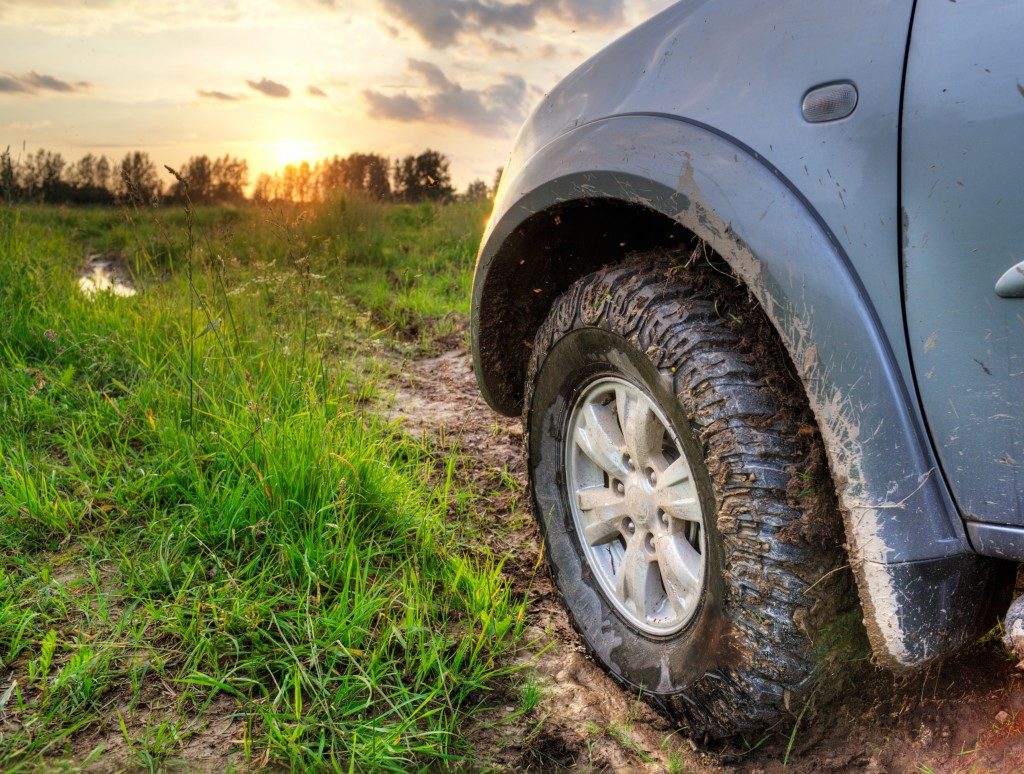Off-roading is both a sport and recreational activity. It involves the use of all-terrain vehicles (ATV), four-wheel drive (4WD), and rear-wheel drive (RWD) cars on rough, unpaved roads. Although off-road driving competitions exist, the most common use for off-road vehicles is for recreation.
Recreational off-roading involves driving on muddy, bumpy, or rocky terrain for the adrenaline rush it brings. Additionally, off-roaders enjoy the skill involved in driving on uneven terrain. It’s challenging and also addictive once you’ve gotten the basics down. A bonus to the appeal of recreational off-road driving is being close to nature.
Ironically, though, the activity might be negatively impacting the environment.
Recreational Off-roading and its Effects on the Environment
Part of the appeal of off-road driving is overcoming obstructions in nature. Rocky terrain, swampy marshes, and desserts are some preferred roads by off-road enthusiasts. In forcing your vehicle to drive over muddy, swampy grounds, you may be destroying natural habitat.
Additionally, in forcing your vehicle to drive off roads where it might get stuck, you’re also using twice as much engine power and diesel to get out of it. This causes leaks in your fuel tanks, which is dangerous and toxic to the soil. Fuel, antifreeze, and other chemicals drip down to the soil, polluting it.
Polluted soil affects plants and animals. The chemicals on the ground flow through plants, killing them or making them toxic for consumption. Wild animals in the area might accidentally consume these and get sick. In the worst case scenarios, these animals may die. Pollution affects insects as well. Animals and insects affected by pollution disrupt the natural flow of the ecosystem, causing problems in the future.
Chemical leaks can also flow straight to bodies of water, causing water pollution. One small leak from your fuel tanks has devastating results on the ecosystem. All living creatures dependent on contaminated bodies of water are affected, making them sick or killing them.
Aside from chemical leaks, smoke emission from the vehicles also causes air pollution. Inhalation of these toxic fumes harms all the animals living in the area. It harms the environment, too, as carbon emissions add to the world’s problem of climate change.
With so many adverse effects of off-road driving to the environment, how can this activity still be enjoyable for everyone?
Minimizing its Impact

Off-road driving enthusiasts can use specific places without disturbing the wildlife and the ecosystem. There are designated dirt roads, which accommodate many off-road drivers, for every state.
On these dirt roads, the drivers have to follow specific rules to minimize their environmental footprint. A primary rule they follow is to always stay on the trail. Staying on the prescribed trail for off-road driving significantly lessens the damage to the environment, such as:
- Widening of trails
- Disturbing wildlife
- Spreading pollution
Another way to lessen the adverse effects on the environment is practicing safety. LED light bars installed on trucks allow for better visibility during night drives, avoiding wetlands and the small creatures that live around them. Going over the trails instead of around them helps you drive safely through the dirt road with minimal damage to the environment.
Being conscious about driving in nature trails helps you reduce the negative impact it leaves on the environment. Additionally, using vehicles specifically designed to drive over rough terrain allows you to get over obstacles faster, and lessens chances of pollution.
Off-road driving is enjoyable. But it can be even more so if you make a conscious effort to consider the wildlife and surrounding environment.



